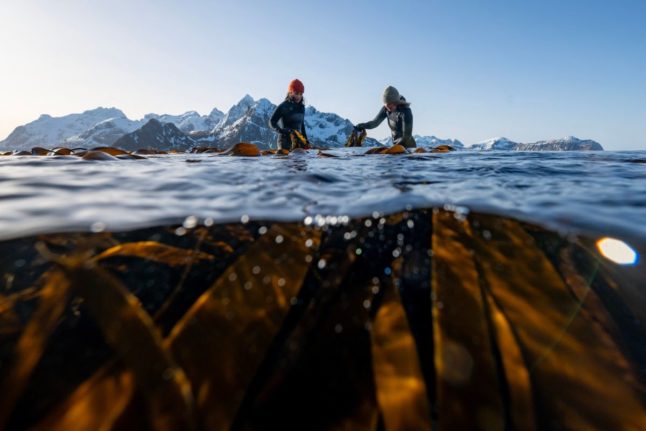Coffee, the aromatic black nectar part of the wake-up morning ritual for millions worldwide, is a big deal in Norway.
It’s such a big deal, in fact, that a few years ago, a survey showed that Norwegians consumed around 9.9 kilos of coffee per capita each year (they’re surpassed only by Finland with 12 kilos), landing Norway in second place globally in terms of (per capita) consumption.
How about that? Norwegians seem to be among the most hard-core coffee lovers in the world – definitely not what most people would expect.
In this article, we will go through the history of coffee drinking in Norway and the nation’s coffee culture, which is getting stronger by the year.
Norwegians and coffee: A brief history
With roughly two centuries of importing coffee beans (Norway started the practice in the 19th century, with the beginning of the exchange of fish for more luxurious products), it’s no wonder that drinking coffee has sprouted into a full-fledged culture in the country.
Historically speaking, a lot of Norwegians developed a liking for the drink during the 1920s and 1930s, when Norway went through its prohibition period.
With (some) alcohol off the table, many people started looking for a new “drink of choice.” Unsurprisingly, coffee started seeing a surge in popularity.
The end of the prohibition years didn’t significantly damage the drink’s popularity, as high taxes – and therefore, prices – of alcohol made coffee a more affordable alternative.
Decades passed, and coffee drinking developed into a full-fledged culture in Norway, so much so that the speciality coffee site Norsk Kaffeinformasjon states that, today, coffee is considered Norway’s national drink.
Key coffee figures: What do the statistics say?
The site also points to interesting trends and figures on coffee drinking and consumption in Norway, updated up to 2022.
The data shows that 86 percent of the Norwegian population over the age of 18 drinks coffee every week, while 74 percent of the adult population drinks coffee each day.
While there are regional differences – with people in western Norway drinking less coffee than their compatriots in northern Norway, average coffee consumption among coffee drinkers amounts to 5.5 cups per day. That corresponds to a whopping 17.4 million cups of coffee consumed in the country daily!
Where do Norwegians drink coffee?
Though the completely packed coffee shops in Norway’s largest cities could fool you into thinking otherwise, most Norwegians (47 percent) still choose to drink coffee at home.
Work comes in as a close second (34 percent), while only 19 of coffee consumption occurs elsewhere. This doesn’t come as a big surprise, as the overall high price level in the country doesn’t allow for frequent socializing over coffee (or any other drink) when it comes to most people.
If you come from a southern or eastern European country, where drinking four or five cups of coffee a day in your favourite bar with friends or coworkers is part of your routine, you’ll likely need to adapt the habit.
The omnipresence of coffee bars and shops in Norwegian cities is a relatively recent phenomenon which has taken hold in the country since the 2000s. Prior to the cultural shift, even more Norwegians enjoyed their coffee at home.
All about that “kos”
Today, it is hard to imagine a functional social life in Norway without coffee and the culture surrounding it, to the extent that it can be called the nation’s premiere social beverage.
Drinking coffee is often associated with relaxation and spending quality time with friends, coworkers, or family. A key concept to keep in mind is the one of “kos,” which Norwegians tend to use to describe an atmosphere characterised by cosiness.
One example of this would be a Norwegian friend inviting you to hang out over a cup of coffee in the city centre on a Saturday. Another would be being served coffee when visiting a friend in their home, which is a widespread gesture of hospitality.
Regardless of where you drink it and how you take it, coffee – and the culture surrounding it in Norway – is closely related to people connecting and spending time together. It has become a cornerstone of socialisation both in Norwegian homes and workplaces.
Just a short heads-up. Most Norwegians take their coffee black without adding any milk or cream (to be exact, 75 percent of the population drank black coffee in 2022), although younger generations seem to be softening up to lattes and different coffee-based drinks.
A closing note – foreigners find some coffee-drinking habits in Norway, such as drinking coffee regardless of whether it’s early or late, to the point of drinking a cup just before bed, to be quite quirky. Don’t be surprised if you’re offered coffee at 10pm – it’s a thing.





 Please whitelist us to continue reading.
Please whitelist us to continue reading.
Member comments